A paper bottle sounds about as much use as a chocolate teapot - yet the idea has caught the imagination of wine suppliers. Last week British company GreenBottle announced it is in talks about expanding its eponymous range into the wine category with an unnamed own-label supplier, following a successful trial in milk chillers in Asda.
On paper (so to speak) GreenBottle seems winner - the packaging is light, surprisingly stylish and appears as eco-friendly as the name promises. So are paper bottles the next big thing in the fight against packaging waste?
The company says its paper milk cartons are winning over Asda shoppers, claiming a trial in stores in the South West has brought a three-fold increase in sales of the retailer’s locally sourced milk.
The move into wine, meanwhile, has attracted international attention, with major own-label producers expressing an interest and GreenBottle predicting paper wine bottles will be on shelf in the UK by the middle of next year.
And as early as the spring, Brits may be able to buy laundry detergent in paper bottles as the company has been developing packaging for a “big multinational”. Fruit juice is also a likely area for expansion - GreenBottle has been working on “exciting design ideas” with a major global juice supplier.
It’s an impressive performance for a product that came about following a chance conversation between British inventor Martin Myerscough and a waste tip supervisor about the problem of plastic bottle waste. Myerscough went on to develop a container made using a paper pulp-moulding process similar to egg box production, but with the addition of a thin plastic lining to make it waterproof. When the bottle is empty, consumers simply rip out the lining and recycle or compost the paper element.
This simplicity is key to its popularity (GreenBottle claims 80% of people who have used its bottles say they prefer them over plastic). In the words of Myerscough: “The best thing about GreenBottle is that consumers just get it.” And it’s no surprise Brits love the idea, says Claire Nuttal, MD of branding agency 1HQ. “It is a great way for them to visibly do their bit for the environment, with no downside.”
There will still be a need to educate consumers, however, about separating the paper and liner for recycling, says Gaynor Denton-Bray, senior packaging development manager at Your Packaging Partner. “Consumers are already confused about material separation,” she says, though she does think the product offers a clear point of difference. But she questions the environmental benefits of paper - particularly with local authorities making substantial commitments to kerbside collections of glass.
For wine producers, at least, one clear benefit is the difference in weight, argues GreenBottle MD Andy Brent, who says his wine bottles weigh 55g compared with the 500g of a glass bottle. “Weight represents a big cost for wine producers in terms of transport,” he adds.
Another packaging expert, Stephen Mills of TPG Packaging Consultants, questions whether paper bottles are as practical as they have been pitched, and suggests recycled and plant-based polymers that cut supplier reliance on oil-based polymers is the way forward. This is the direction Coca-Cola is going with its PlantBottle packaging that contains 22.5% plant material. Brent counters that polymer plastics are still plastic and will still take up to 500 years to decompose.
Brent also has an answer to claims that pulp moulding is a slow and capital-intensive process: GreenBottle’s proprietary technology sets it apart from others in the field, he says. “Conventional pulp-moulding technology is slow, high cost and energy intensive but we have invented new patented technology that is substantially faster and uses substantially less energy,” says Brent. “This allows us to produce more bottles that are cheaper and greener.”
And if GreenBottle’s products continue to turn suppliers’ heads, it may need all the capacity it can muster.



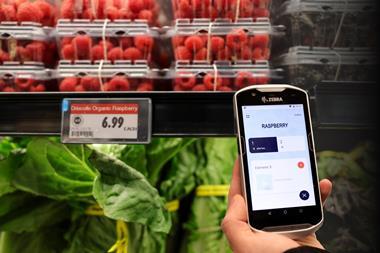

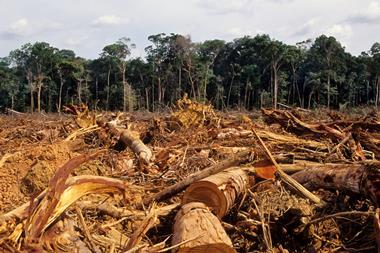
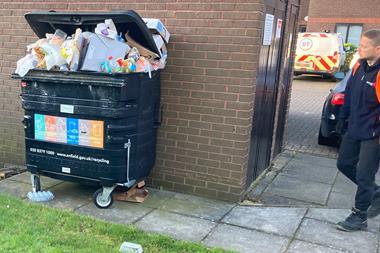
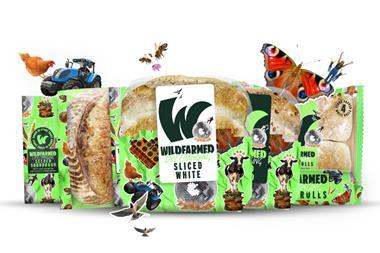
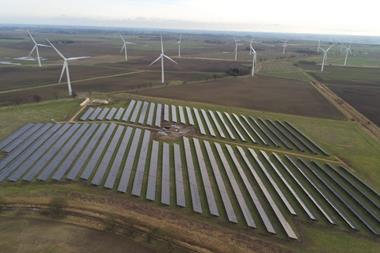
No comments yet